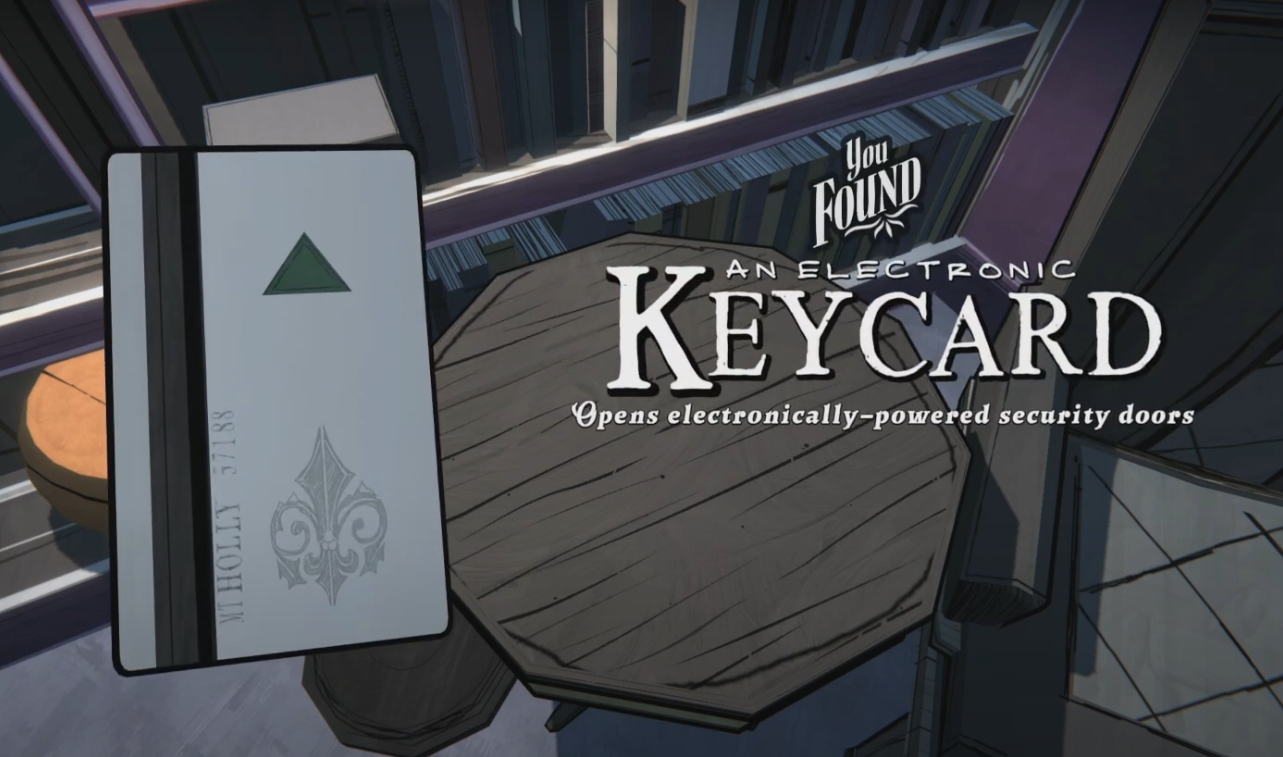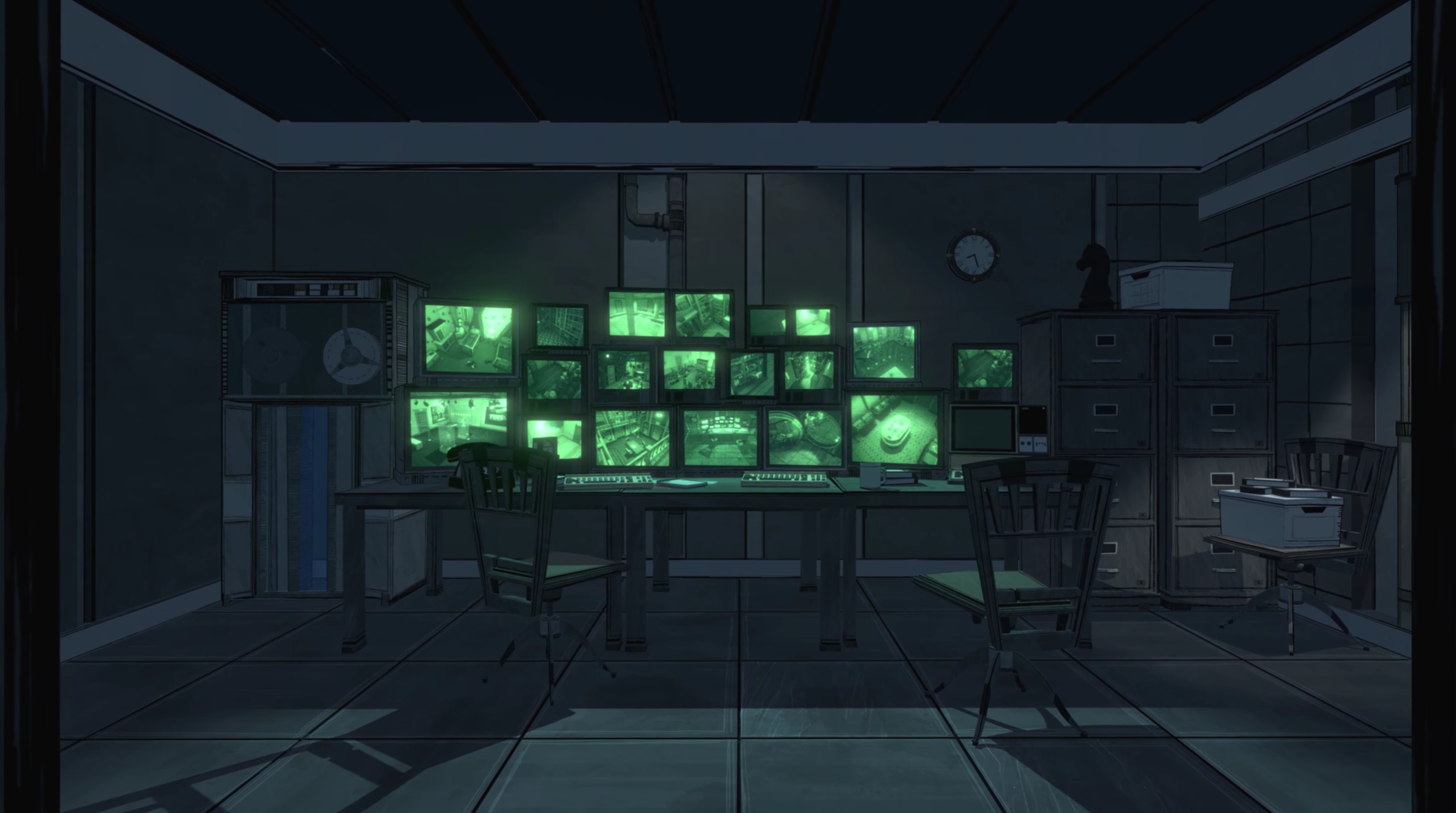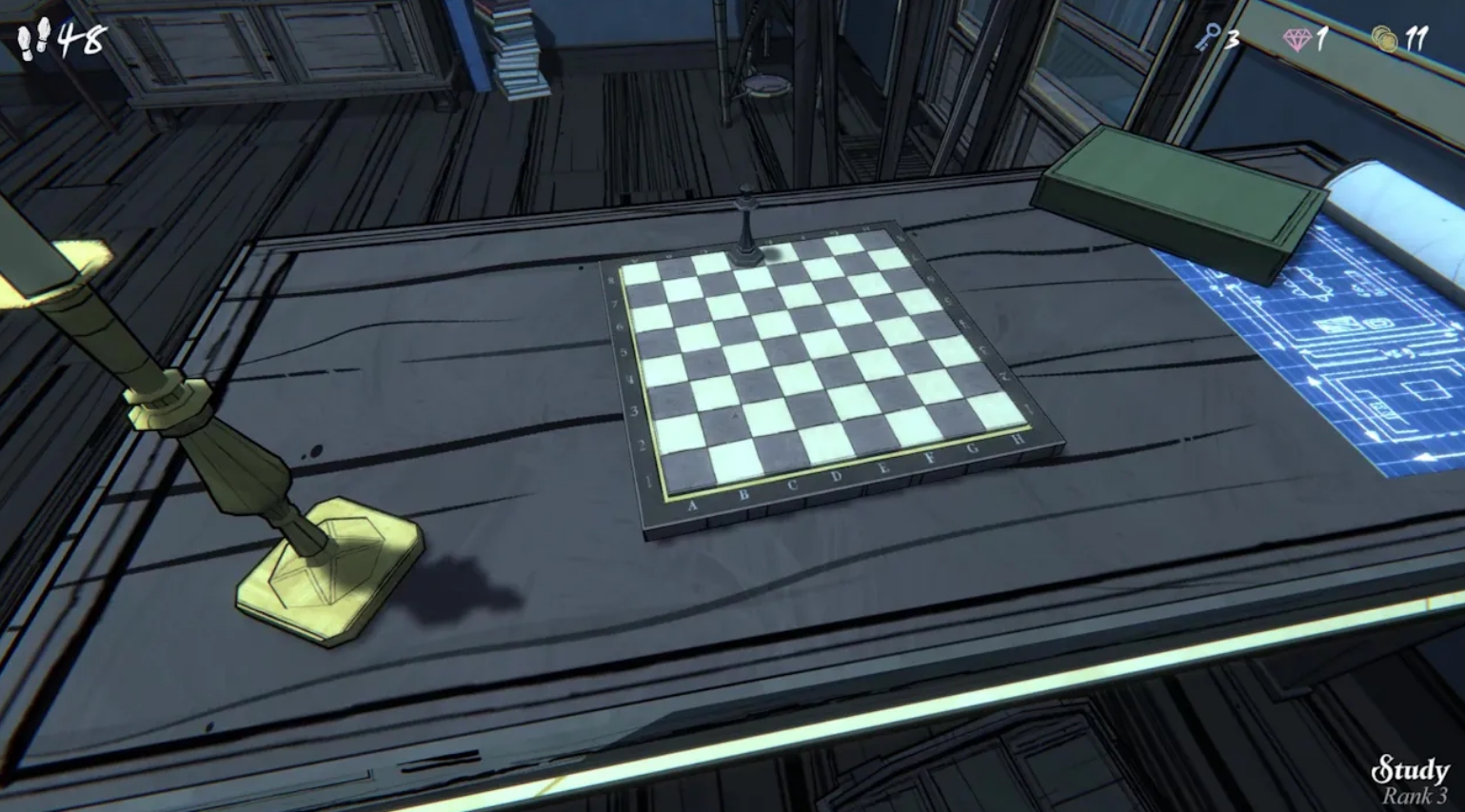Blue Prince Archetype Guide: Unlock Diverse Playstyles and Master Winning Strategies in Holly Manor

Within the haunting halls of Holly Manor, no two paths to victory are ever the same. “Blue Prince” is more than a card-based puzzle game—it’s a constantly shifting labyrinth where your choices, builds, and timing define the journey. Whether you're a meticulous planner or an instinctive explorer, mastering the game's core archetypes is key to surviving the mysteries that lie ahead.
This guide breaks down the most prominent deck archetypes in “Blue Prince,” offers strategic insights into their mechanics, and showcases how you can harness each to unravel the secrets of the manor.
Understanding Archetypes: Your Gateway to Mastery
In “Blue Prince,” archetypes aren’t rigid classes or fixed builds—they're dynamic strategy paths shaped by the relics, events, and cards you collect throughout your run. A run often begins without a clear archetype in mind, but as key cards and synergies appear, you'll find yourself naturally gravitating toward one.
Recognizing when to commit—and when to pivot—is just as important as knowing the archetype itself. The game rewards adaptability, yet a well-formed archetype can turn a chaotic run into a finely tuned machine.
1. The Efficiency Engine: Resource Control & Optimization

Core Idea: Build a deck that maximizes tempo, minimizes bloat, and creates repeatable value.
This archetype thrives on cards and relics that generate extra actions, cards, or rooms. Think of it as your “ramp” build—chaining multiple effects in a single turn to outpace the manor's creeping danger.
Key Cards:
- “Room Key” – Lets you reroute the manor’s layout.
- “Lantern’s Memory” – Draw +1, if your deck is under 10 cards.
- “Temporal Loop” – Replay a card used this turn.
Strengths:
- High consistency in late game.
- Excels in solving complex puzzles or escaping tight turns.
- Synergizes well with “Map Control” relics and thin decks.
Weaknesses:
- Vulnerable to early chaos without draw acceleration.
- Can fizzle if crucial combo pieces don’t appear early enough.
When to Commit: If you get early relics that favor draw or room manipulation and find low-cost cycling cards.
2. The Cursebearer: Risk-Reward Through Corruption

Core Idea: Embrace cursed cards or negative effects for explosive benefits.
Certain cards or relics grant massive effects—at a cost. The Cursebearer archetype turns these drawbacks into leverage, often dealing with curses through purification, discard loops, or outright embracing the pain.
Key Cards:
- “Grief-Touched Blade” – Gains power for each curse held.
- “Bleeding Memory” – Deal damage equal to curses in deck.
- “Shrine of Decay” – Removes a curse for a powerful buff.
Strengths:
- Massive burst damage potential.
- Late-game snowball once curses are repurposed.
- Unique synergy with certain secret rooms or endings.
Weaknesses:
- Unstable early game—mismanaging curses can end a run quickly.
- Deck bloat becomes a serious threat.
When to Commit: After finding your second curse card alongside a curse synergy relic or a powerful mitigation option.
3. The Ritualist: Pattern-Based Puzzle Solving

Core Idea: Construct decks that solve rooms based on specific rituals or sequences.
This archetype excels at understanding room mechanics and building toward specific card combinations that trigger special effects. It’s the thinking person’s archetype—a slow burn, but extremely satisfying when executed correctly.
Key Cards:
- “Seal of the South Wing” – Triggers if the last three cards used were rituals.
- “Echo of the Past” – Activates bonuses based on repeated patterns.
- “Forbidden Ink” – Lets you inscribe a sequence into memory once per run.
Strengths:
- Room-specific advantages that bypass normal restrictions.
- Interacts deeply with the narrative (often unlocking lore events).
- Insane synergy in multi-room chains.
Weaknesses:
- Requires detailed game knowledge.
- Easy to misfire if you don’t recognize room types or forget a step in the ritual.
When to Commit: Once you acquire 2+ ritual-tagged cards or find a relic that enhances patterns or memory mechanics.
4. The Lurker: Stealth, Manipulation, and Delayed Power

Core Idea: Avoid direct confrontation, manipulate outcomes from the shadows.
The Lurker doesn’t brute-force their way through the manor. Instead, this archetype uses stealth, turn delays, and hand manipulation to prepare the perfect moment to strike—or escape. It often wins by outsmarting, not out-powering.
Key Cards:
- “Veil Step” – Avoid room effect, gain a temporary bonus next turn.
- “False Reflection” – Mimic a previously played card.
- “Silken Thread” – Rearrange top cards of draw pile.
Strengths:
- Incredible flexibility and survival odds.
- Counters many high-risk boss rooms.
- Works great in low-card-count decks.
Weaknesses:
- Needs high decision-making accuracy.
- Damage output can be low unless combined with traps or burst cards.
When to Commit: When you discover relics that manipulate turns, prediction tools, or stealth cards early.
5. The Guardian: Defense, Healing, and Sustained Exploration

Core Idea: Build a deck that can withstand extended encounters and chip away at the manor.
Perfect for players who prefer security over volatility, the Guardian archetype focuses on defense, room nullification, and long-term advantage. These builds often stack passive bonuses or mitigate damage entirely.
Key Cards:
- “Warding Glyph” – Reduces room damage.
- “Ironwood Bark” – Heal +1 for each card played.
- “Oath of Continuance” – Prevents instant-fail conditions once per game.
Strengths:
- Extremely stable across most runs.
- Great for lore hunters or those aiming for deep exploration.
- Forgiving for newer players.
Weaknesses:
- Slow to win; some rooms may require alternative strategies.
- Vulnerable to puzzle-lock rooms if underprepared.
When to Commit: Upon seeing healing relics or defensive cards appear early and consistently.
Archetype Shifting: The Manor’s Ever-Changing Demands
One of “Blue Prince’s” defining features is how archetypes aren’t fixed—you can blend them, shift mid-run, or even rebuild your deck identity through unique rooms or relics.
Tips for Archetype Transitions:
- Prioritize multi-synergy cards that work across archetypes early.
- Use branching paths to scout what type of run the manor is offering.
- Pay attention to “whispers” (game hints) that subtly push you toward a build.
For example, a Ritualist build might morph into a Cursebearer once rituals trigger curse-based effects. Or an Efficiency Engine may naturally evolve into a Lurker with enough manipulation tools.
Final Thoughts: Adapt, Improvise, Overcome
In “Blue Prince,” the true power lies not just in building the strongest archetype—but in dancing between the shadows, reading the room, and embracing the unexpected. Each archetype is a lens through which to understand Holly Manor. But remember: no path is guaranteed. Some doors open only once. Others lead nowhere... or everywhere.
Trust your instincts, follow the patterns, and above all—keep exploring.